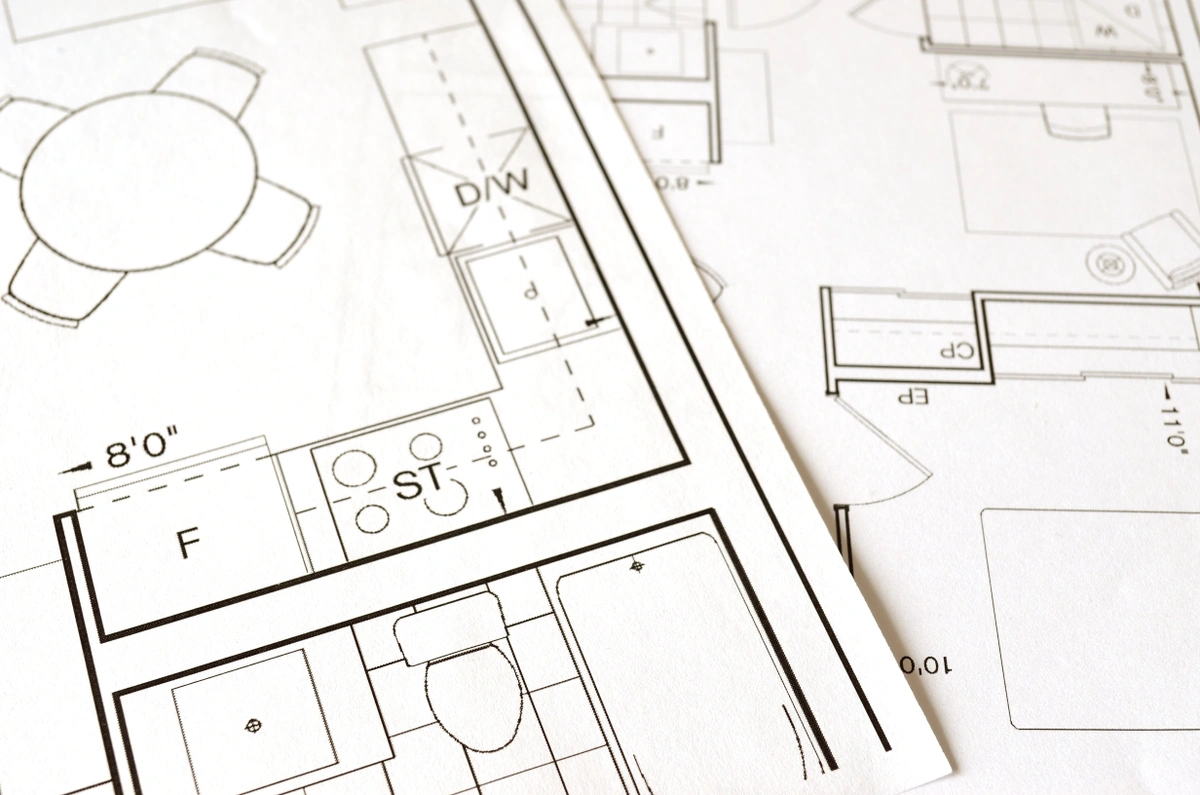That’s a question that many applicants ask. Naturally, we all want to get on with our project and sometimes planning permission is the key to concluding a land deal or releasing mortgage funds. So it’s not surprising that people sometimes become frustrated by delays.
The usual time limit for deciding on a planning application is eight weeks. More minor amendments to existing planning permissions are usually dealt with in four weeks. Considerably more time can be spent on more complex projects: for example, the time usually allowed to deal with applications for Listed Building Consent is 13 weeks. The planning department can ask you to give them more time. So, what happens to your application once you’ve submitted it? Where does the time go?
1. The first stage in processing the application is checking it. The planning department will want to be sure that all the necessary plans and drawings are present, that there enough copies of them and that all the forms and certificates have been signed and dated. What you submit can have a major influence here: it’s absolutely vital to submit planning application maps that are clear and of good quality. An application that has poor maps and drawings or is incomplete in some other way is likely to be seriously delayed.
2. The next stage - and the other major source of delay - is usually consultation. The planning department relies on advice from a whole range of people and organisations in order to help it decide whether or not your proposal is acceptable. Usually, some of these people are within the council, for example, the roads engineer or the conservation officer. Outside the council, the number of consultations can vary enormously, depending on the kind of project. Copies of your application might go to the parish or community council or the local civic society. In special cases, one of the government agencies responsible for nature conservation might be involved, or - if you live close to an airport - they might consult the Civil Aviation Authority. Bear in mind that all these people rely on good planning application maps to make sense of the proposal.
3. Once the replies to all these consultations come back, the planning officer will consider what should happen to your proposal. If consultees have raised no problems and it complies with council policy, you’ll probably get a decision very quickly. Where issues arise, though, it may be necessary to ask you to amend proposals, which can obviously take a bit longer. If a proposal is very large or complex, or if there have been many (in some cases, any) objections, it may need to go before the planning committee, which can easily mean a further three or four-week delay.
4. Some planning departments are undoubtedly more efficient than others and all have probably been affected to some extent by economies in staffing. But if your application does seem to be taking an unusually long time, don’t hesitate to ask the planning department to explain what’s happening. If the problem wasn’t caused by an incomplete application or unsatisfactory planning application maps and drawings, the most likely reason for the delay is that consultees have taken longer than expected.
Download your planning application map here
